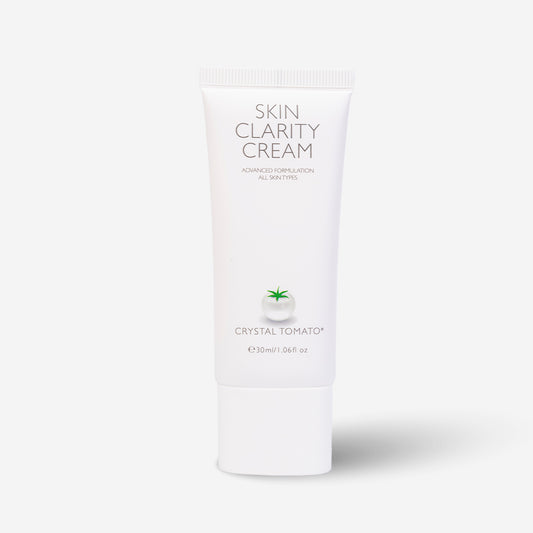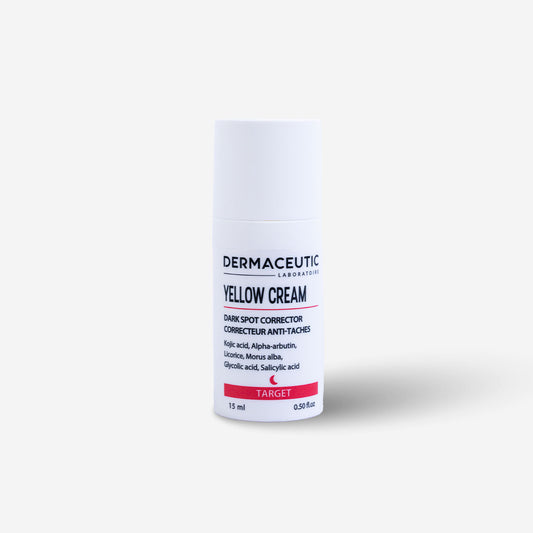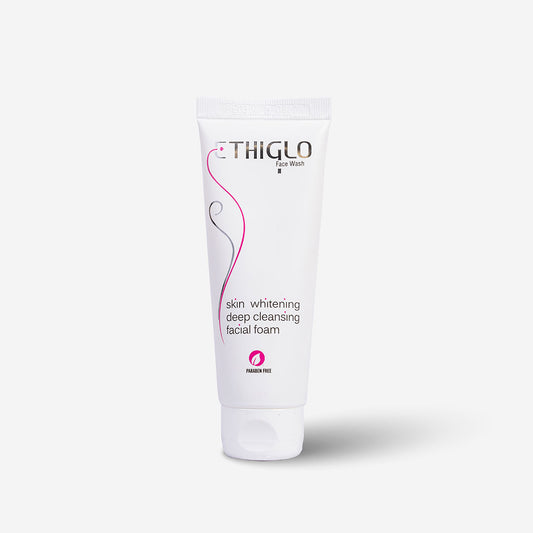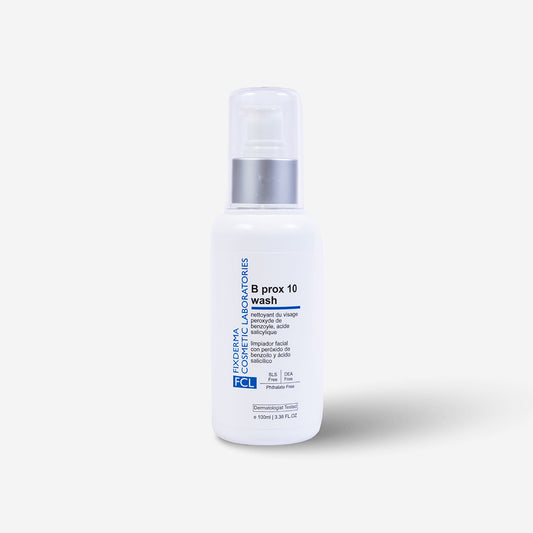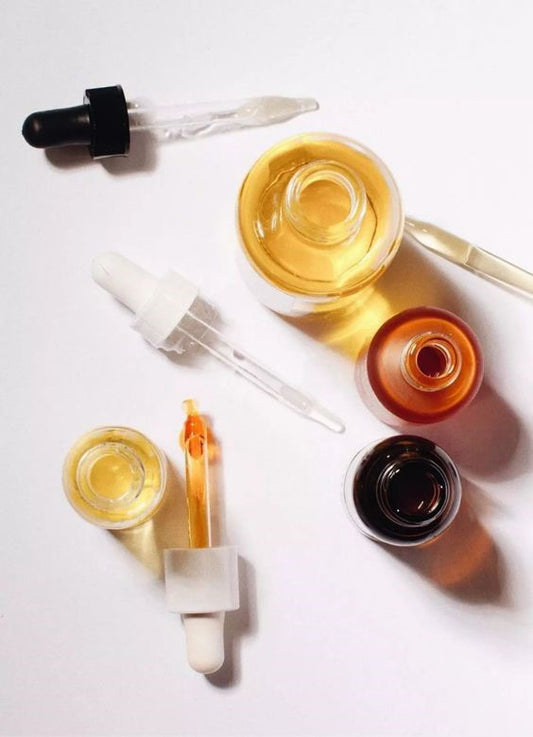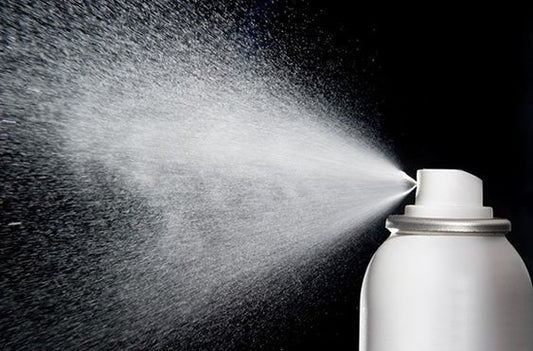Role of Salicylic Acid in Transforming Your Skin's Narrative
In the realm of skincare, the quest for clearer, blemish-free skin is a journey many embark upon. Among the arsenal of ingredients designed to tackle skin issues head-on, salicylic acid stands out as a potent solution. Let’s delve into the world of salicylic acid, shedding light on its properties, benefits, and how to make it a valuable addition to your skincare routine.
What is Salicylic Acid?
Salicylic acid belongs to the family of beta hydroxy acids (BHAs) and is known for its oil-soluble nature. Unlike its water-soluble counterparts like glycolic and lactic acid (alpha hydroxy acids or AHAs), salicylic acid has the remarkable ability to penetrate the skin's surface and delve deeper into the pores. It's an organic carboxylic acid that primarily works on the skin's surface and within the pores, making it an essential tool in the fight against acne and blemishes.
Where Can You Find Salicylic Acid?
Derived from willow bark, salicylic acid is a prominent ingredient in various skincare products, including topical acne creams, face washes, toners, and spot treatment patches and creams. It's often found in concentrations of up to 2%. Medical-grade peels also harness the power of salicylic acid for advanced skin treatments.
The Making of Salicylic Acid
Salicylic acid occurs naturally and can be extracted from the bark of the willow tree. Alternatively, it can be synthesized through the biosynthesis of the amino acid phenylalanine or from phenol. You'll also find salicylic acid and its derivatives in fruits, especially berries, and vegetables.
The Importance of Salicylic Acid in Skincare
Salicylic acid excels as a deep exfoliating agent, particularly effective in reducing the appearance of blackheads and whiteheads. By loosening the bonds between outer skin cells, it aids in shedding dead skin cells, preventing pore clogging, and promoting clearer, more radiant skin. However, it's worth noting that salicylic acid doesn't target the bacteria responsible for causing acne.

©Pinterest
Who Should Incorporate Salicylic Acid?
Individuals dealing with breakouts, oily skin, stubborn blackheads, whiteheads, or acne will find a valuable ally in salicylic acid. While it's commonly present in cleansers, toners, and peel pads, more concentrated forms can also be used as spot treatments. Care should be taken not to overuse it, as excessive application may lead to skin dryness and irritation. Additionally, salicylic acid finds a place in dandruff-fighting shampoos.
Recognizing the Need for Salicylic Acid
If your skin exhibits signs of oiliness, open pores, recurring congestion, whiteheads, blackheads, or pus-filled acne, it's an indication that introducing salicylic acid into your skincare routine could yield positive results. Its anti-inflammatory properties can also aid in reducing redness associated with acne.
Who Should Exercise Caution with Salicylic Acid?
Individuals with dry and sensitive skin should exercise caution with salicylic acid due to its potential to cause further dryness. Additionally, if you're dealing with minor congestion or dullness, salicylic acid may prove too potent as a spot treatment and could result in dryness. In such cases, seeking products containing glycolic acid and lactic acid may be a gentler option.
In conclusion, the journey to healthier, clearer skin can often benefit from the inclusion of salicylic acid. This versatile ingredient tackles various skincare concerns, making it a must-have for those struggling with acne, blemishes, and oily skin. As with any skincare ingredient, understanding your skin's needs and consulting with a skincare professional are crucial steps in determining how salicylic acid can best serve you. By integrating this powerful component into your skincare routine, you can embrace the radiant, confident complexion you've been longing for.








